Astronomers using the Very Large Array in New Mexico spent 40 hours observing galaxy AGC 114905, which seemed to have little to no dark matter in 2019 observations. The new evidence shows there is no dark matter in the galaxy at all. Plus, more Hubble and JWST updates, an eclipse over Antarctica, and an interview with Dr. Franck Marchis about citizen science.
Podcast
Show Notes
Hubble is back to full science ops
JWST fully fueled
Sentry-II set to survey data for dangerous asteroids
- NASA JPL press release
Eclipse 2021: Antarctic edition
- Eclipse Over Antarctica (NASA)
Found: Normal (matter) galaxies
- NOVA press release
- “No need for dark matter: resolved kinematics of the ultra-diffuse galaxy AGC 114905,” Pavel E. Mancera Piña et al., to be published in Monthly Notices of the Royal Astronomical Society (preprint on arxiv.org)
Transcript
Hello and welcome to the Daily Space. I am your host Dr. Pamela Gay.
And I am your host Beth Johnson.
And we are here to put science in your brain.
Later in the show, we’ll be joined by Dr. Franck Marchis of the SETI Institute and Unistellar, to talk about their citizen science partnership.
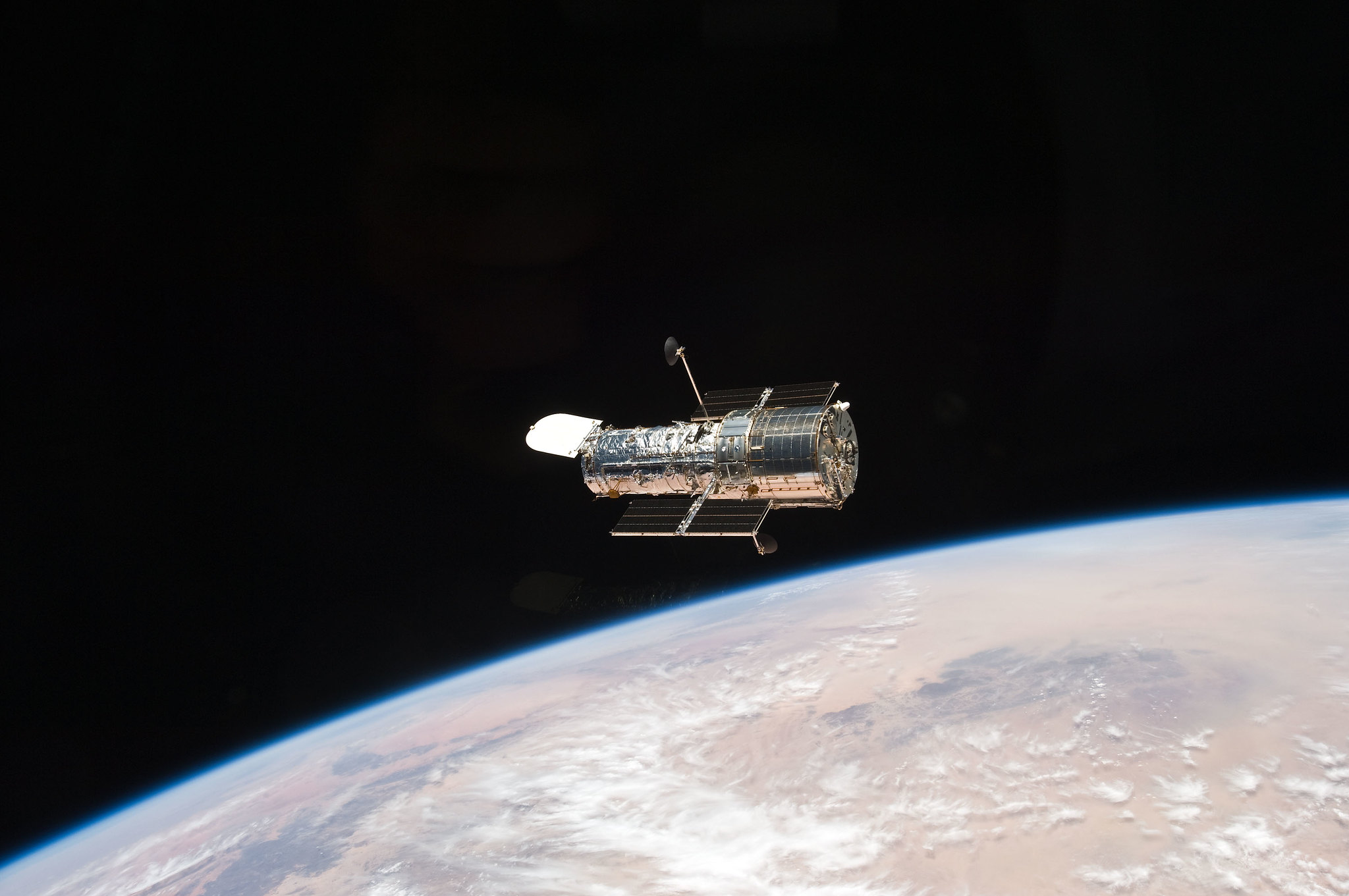
But first, let’s look at the news.
We are pleased to get to start this week out with some good news about the Hubble Space Telescope: as of December 6, this little telescope-that-can is back to full science operations with four active instruments.
On October 23, the 31-year-old telescope went into safe mode after an error indicated the instruments weren’t correctly receiving timing information and had lost a specific synchronization message. The orbiting telescope had to be updated remotely with new software to deal with synchronization errors in a way that allowed the instruments to work, and the updates did the trick.
We send our kudos to the NASA and ESA Hubble teams and are so grateful that we will have this workhorse of science for a little bit longer.
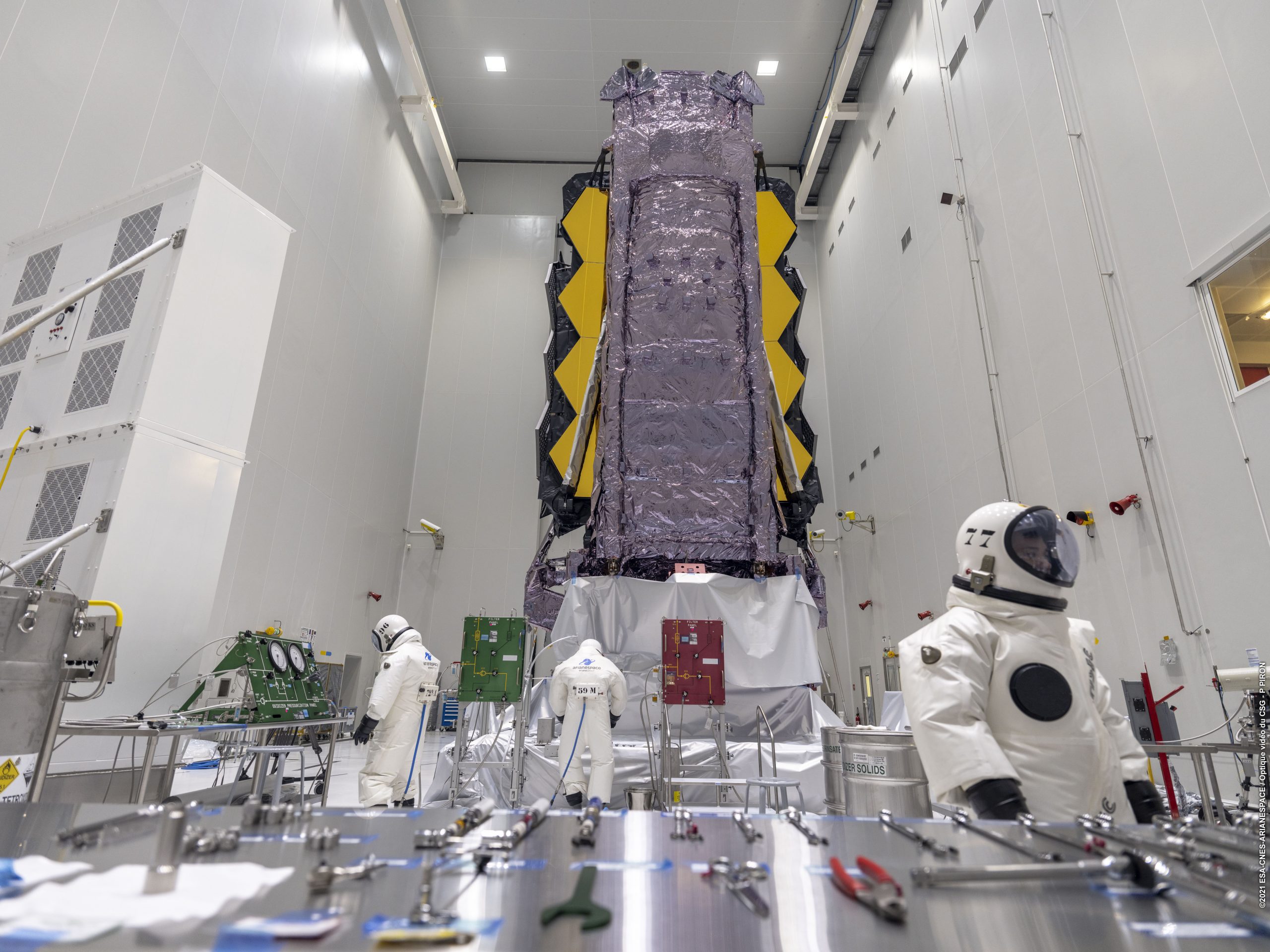
It seems we can’t update you on Hubble without also updating you on JWST, and we have a JWST update. This decades-delayed Just Waiting Space Telescope has been approved for a December 22 launch and, as of yesterday, is fully fueled. Now, to be clear: it is literally the JWST that it fully fuelled. The telescope needs to carry its own propellant – hydrazine and a hydrazine mix – so it can make needed course corrections after launch, maintain its position as needed, repoint the observatory, and manage its momentum. This giant and complex system has twelve different thrusters that allow it to smoothly move.
Now that it is fully fuelled, JWST is ready to be mounted on its ride to space – an Ariane 5 rocket – and locked away in its protective fairing. Launch remains set for December 22.
It will take JWST about thirty days to get from Earth to its ultimate destination and to fully unfold and be ready to collect data. With forty major deployment actions and over 300 single points of failure, be gentle with your astronomer friends over New Year’s. Until we know JWST actually works, there are going to be a lot of frayed nerves.
While talk seems to center on the upcoming launch of JWST, the real telescope of interest for us is the Vera Rubin Observatory and its 8.4-meter mirror that will be used to observe the entire night sky every few days. The exact date of first light for this new telescope is somewhat up in the air due to COVID, but when it does become fully operational, there will be vast numbers of new asteroids getting discovered. Rubin observatory will take its place alongside NEOWISE and the Zwicky Transient Facility as just one more tool for finding the rocks that could attack from space.
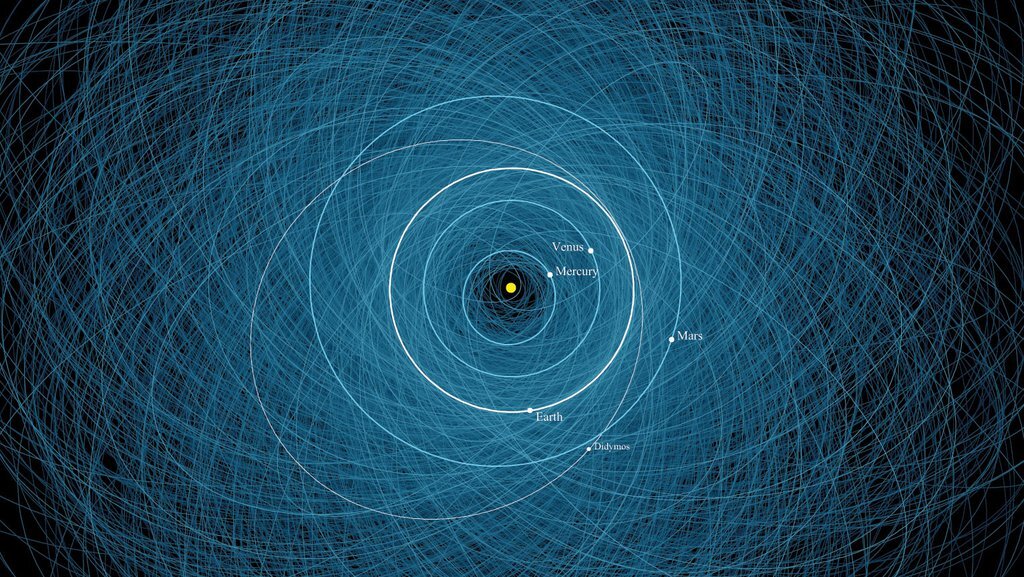
To transform a few nights observations into long term orbital predictions is the job of software, and for two decades, NASA has been using the Sentry code at Jet Propulsion Laboratory to sort out longterm orbits and possible collisions. While this code is good, it is missing some key abilities, such as the the ability to factor in thermal effects – the Yarkovsky effect – that can cause an object to change orbit just by radiating heat. The software also had the troubling inability to predict future encounters after an object made a close approach to the Earth.
But, for twenty-year-old code, Sentry is kind of awesome; however, it is time for new software, and NASA is now releasing the Sentry II program. According to developer Davide Farnocchia: Every time we came across a special case—like asteroids Apophis, Bennu, or 1950 DA—we had to do complex and time-consuming manual analyses. With Sentry-II, we don’t have to do that anymore.
And just like the original Sentry code, Sentry-II’s results will be automatically put on the internet where you can verify, like I did this morning, that at this moment in time, nothing has been found that is on its way to hit us. Yet.
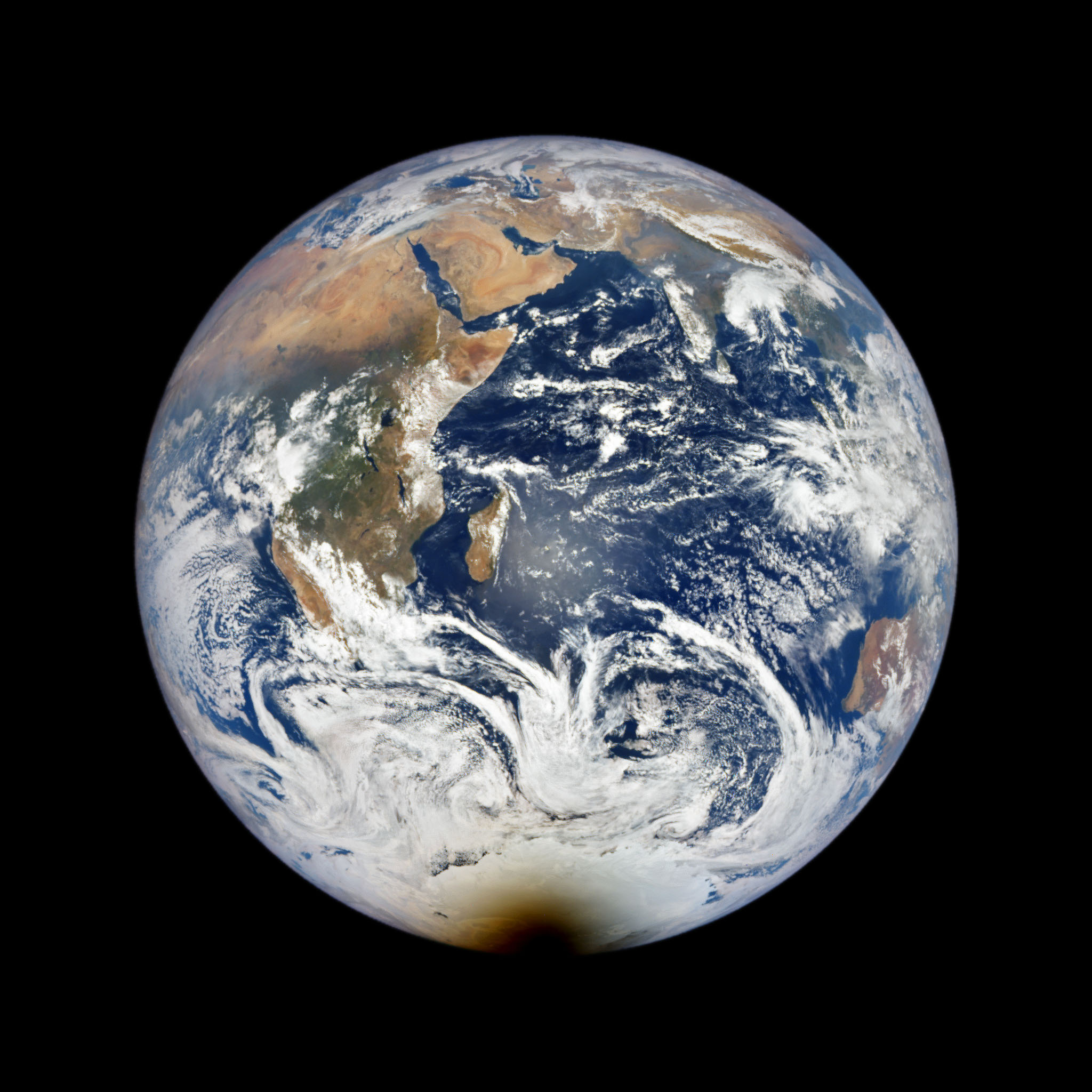
Finally, we’d like to take a moment to acknowledge that a solar eclipse was viewed by a tiny number of people over the weekend. The Moon’s shadow briefly touched the Earth, blocking the Sun’s light and letting folks see the solar corona while letting spacecraft see our planet with a really cool dark shadow. It’s our understanding that tourist trips to see this event via cruise ship were largely cancelled, but when an eclipse occurs at the edge of the globe, it still casts a shadow. All right, that was a terrible play on words. Check out some images on DailySpace.org.
Some stories in astronomy just keep getting rewritten, and you can actually tell how up-to-date people are by what they think the universe is up to. Take galaxies.
Once upon a time, admittedly before I was born, folks believed everything in our universe was made of the kinds of atoms and particles that we regularly work with on Earth and experience as parts of our furniture and as unstable interlopers in our experiments. But when researchers Vera Rubin and Fritz Zwicky studied the motions of rotating galaxies and galaxies in clusters in separate research, they discovered the motions they saw didn’t match what was seen: the observed stars, gas, and dust just didn’t have enough mass to account for all the motions.
And thus, over the years, astronomers came to accept that our universe is largely constructed of material we can’t observe through light, and that stuff makes up a larger portion of our universe than the regular, scientifically named, baryonic matter. This weird stuff was given the unfortunate name dark matter, and we have been struggling to understand it ever since.
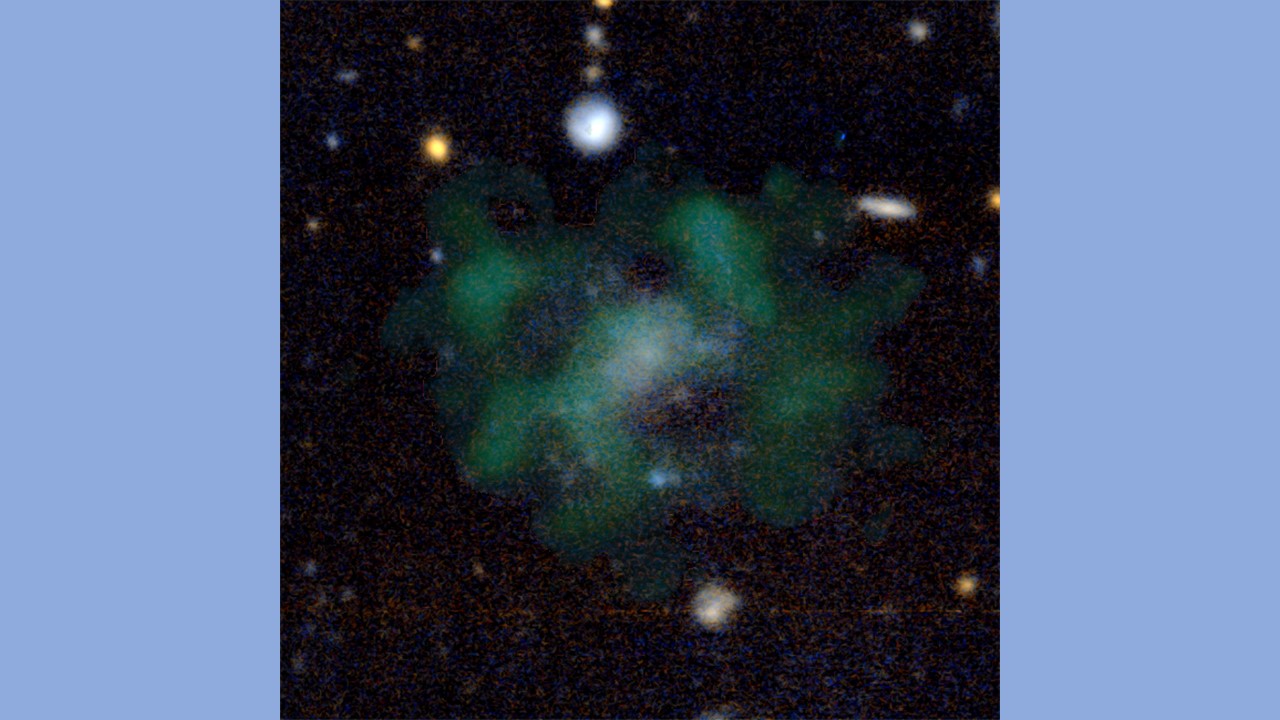
When I was in grad school, we were taught that the bulk of most galaxies is dark matter, and we even learned how to fit dark matter halos to light distributions to get at the ratio of normal to dark matter for different kinds of systems. Tiny dwarf galaxies were found with the largest dark matter ratios, and we struggled to understand what was up with ghostly, ultra-diffuse galaxies, which were just starting to be studied in earnest.
And twenty years after I finished my last grad class, researchers pointed out that at least six ultra-diffuse galaxies really didn’t seem to have dark matter. That paper, led by Pavel E. Mancera Piña, came out in 2019 and was met with a lot of “Could you look a little harder? There has got to be some dark matter there somewhere.”
So they looked harder.
And in a new paper, again led by Piña, researchers confirmed, nope, there is no dark matter to be found in at least one ultra-diffuse galaxy that they observed for forty hours using the Very Large Array (VLA) in New Mexico. Named AGC 114905, this system is about 250 million light-years away, and while it is faint and its stars are few, the VLA was able to resolve its gas and trace out how fast that gas was orbiting as a function of distance from the galactic core. That motion exactly matched what folks like Vera Rubin expected to see when they first started looking at galaxy rotation curves back before I was born, which is no longer expected. These results are the answer to the question “Can you have galaxies without dark matter?”
Yes. The answer appears to be “Yes, you can.”
How these systems can form is still a mystery, and none of the possibilities laid out in the latest paper in the Monthly Notices of the Royal Astronomical Society are entirely satisfactory. This is one more case of the Universe showing it can be far more creative than we are and demonstrating anything is possible within the laws of physics if you mix things just so.
Interview
Joining us now is Dr. Franck Marchis. Franck is a senior planetary astronomer and chair of the exoplanet group at the Carl Sagan Center of the SETI Institute as well as the Chief Scientific Officer and Founder at Unistellar. Unistellar makes the eVscope, which is a telescope designed for the consumer who wants to see deep sky objects without a lot of astrophotography gear. Most importantly to the show, Unistellar is partnered with the SETI Institute in a citizen science effort to help astronomers collect data on asteroids, comets, and even exoplanets.
Thank you, Franck, for joining us today.
[Transcript unavailable.]
This has been the Daily Space.
You can find more information on all our stories, including images, at DailySpace.org. As always, we’re here thanks to the donations of people like you. If you like our content, please consider joining our Patreon at Patreon.com/CosmoQuestX.
Credits
Written by Pamela Gay and Beth Johnson
Hosted by Pamela Gay and Beth Johnson
Audio and Video Editing by Ally Pelphrey
Content Editing by Beth Johnson
Intro and Outro music by Kevin MacLeod, https://incompetech.com/music/


 We record most shows live, on Twitch. Follow us today to get alerts when we go live.
We record most shows live, on Twitch. Follow us today to get alerts when we go live.